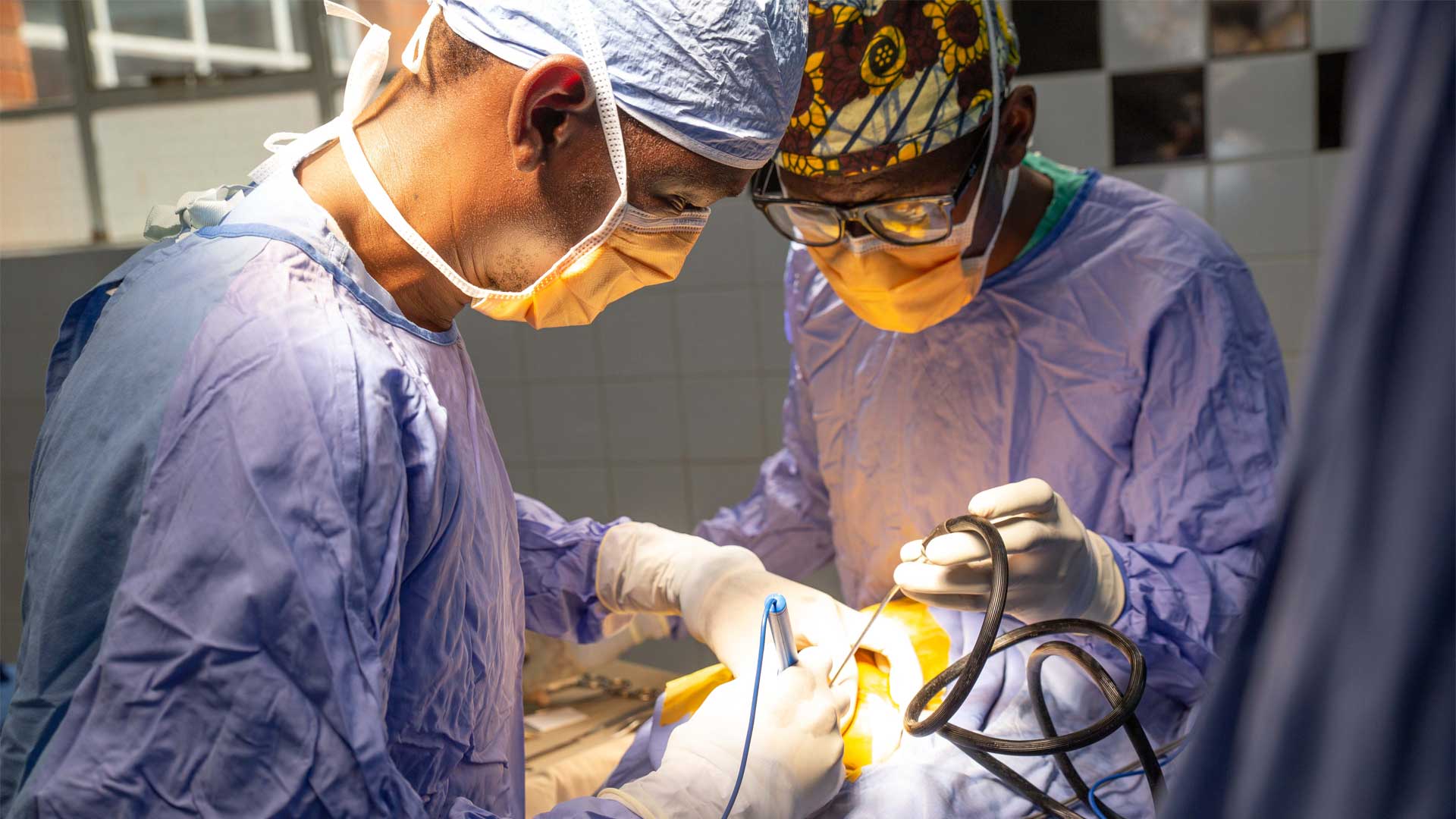Economic burden of neonatal sepsis in sub-Saharan Africa
Abstract:
Background and Significance: The third Sustainable Development Goal for child health, which aims to end preventable deaths of newborns and children less than 5 years of age by 2030, cannot be met without substantial reduction of infection-specific neonatal mortality in the developing world. Neonatal infections are estimated to account for 26% of annual neonatal deaths, with mortality rates highest in sub-Saharan Africa (SSA). Reliable and comprehensive estimates of the incidence and aetiology surrounding neonatal sepsis in SSA remain incompletely available. We estimate the economic burden of neonatal sepsis in SSA.
Methods: Data available through global health agencies and in the medical literature were used to determine population demographics in SSA, as well as to determine the incidence, disease burden, mortality and resulting disabilities associated with neonatal sepsis. The disability-adjusted life years (DALY) associated with successful treatment or prevention of neonatal sepsis in SSA for 1 year were calculated. The value of a statistical life (VSL) methodology was estimated to evaluate the economic burden of untreated neonatal sepsis in SSA.
Results: We conservatively estimate that 5.29–8.73 million DALYs are lost annually in SSA due to neonatal sepsis. Corresponding VSL estimates predict an annual economic burden ranging from $10 billion to $469 billion.
Conclusions: Our results highlight and quantify the scope of the public health and economic burden posed by neonatal sepsis in SSA. We quantify the substantial potential impact of more successful treatment and prevention strategies, and we highlight the need for greater investment in strategies to characterise, diagnose, prevent and manage neonatal sepsis and its long-term sequelae in SSA.




















